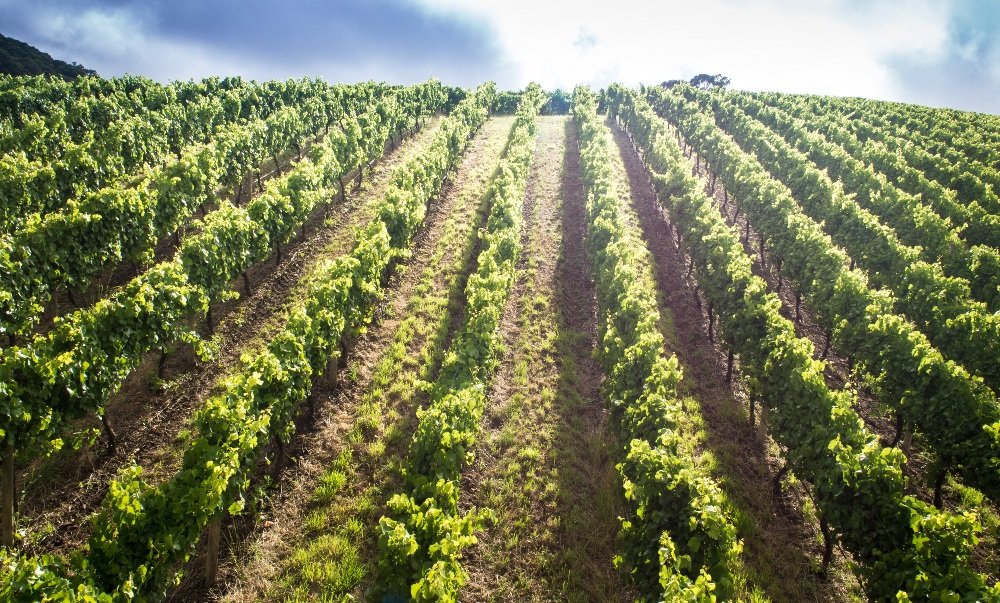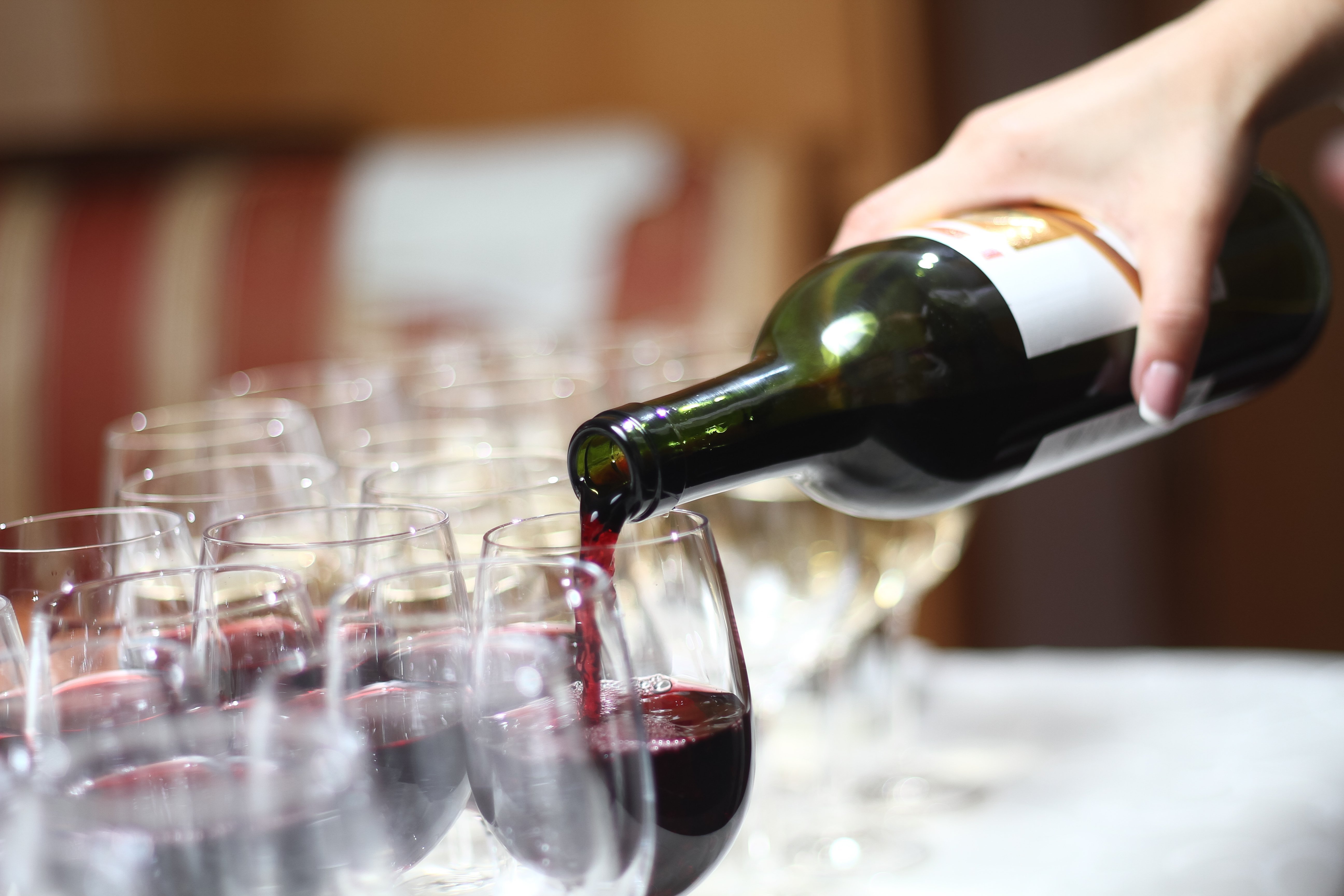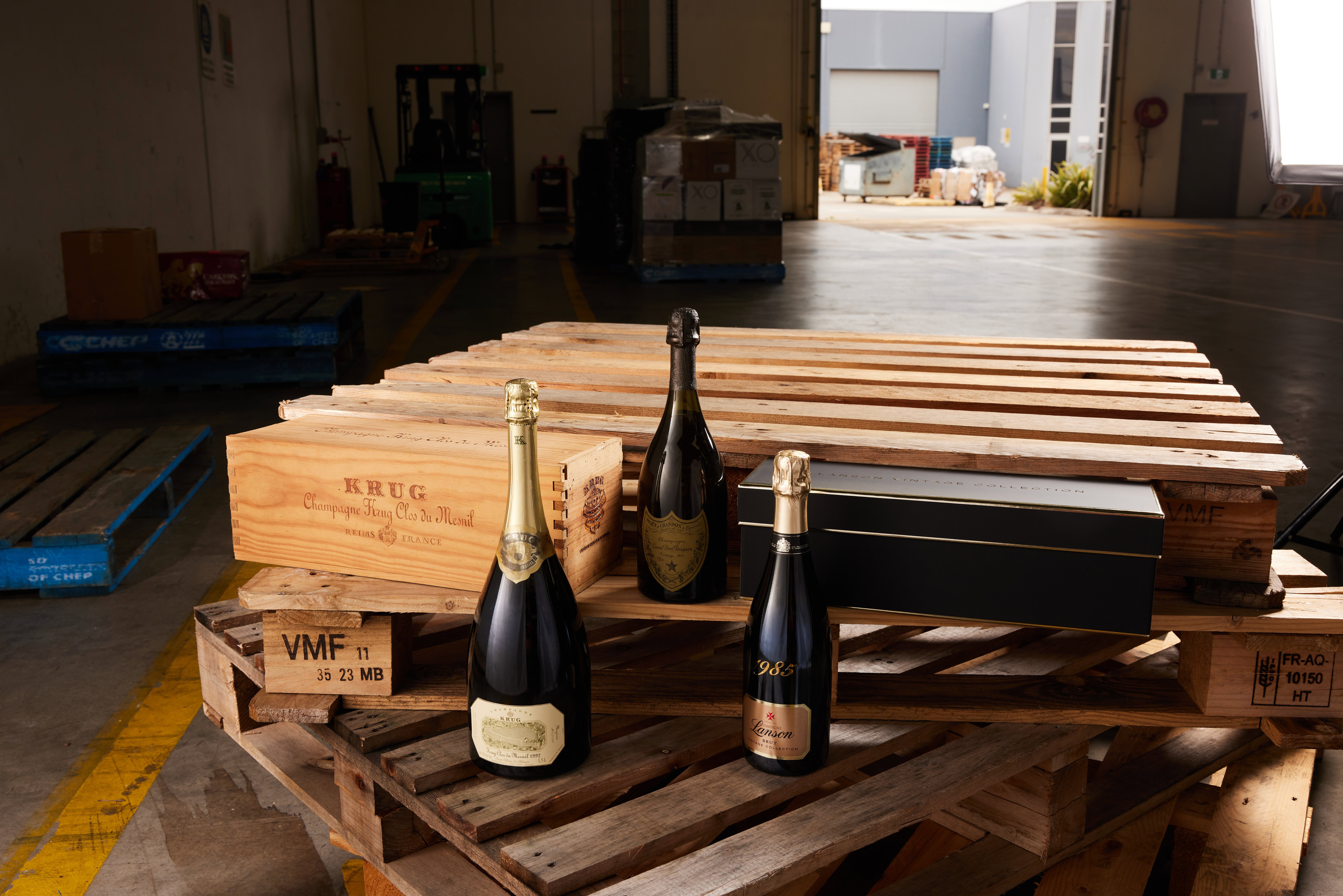It’s well documented that smoke exposure can be bad news for ripe grapes, potentially resulting in unpleasant smoky characters in wine. But what happens when grapes are exposed to smoke well before veraison?
For grapegrowers in the Adelaide Hills, this question was raised following fires last summer. Australian Wine Research Institute (AWRI) scientist Dr Mango Parker was one of a core group who stepped in to assist and will share her research findings at the National Wine Sector Bushfire Conference, to be held on 25 May 2021.
Mango concedes the way her research project came about was challenging, unique and unusual – but says what she and her team found could benefit growers, winemakers and producers in the future.
‘Our project was very much driven by the practical questions of winemakers and grape growers in the hours and days following the bushfire, and the project was designed and initiated within four weeks. There was no time to lose’, she recalls.
She said the research initiative was very much a team effort, with input from winemakers, grape growers, landholders, AWRI scientists, Wine Australia staff and the South Australian State Government.
The million-dollar question everyone wanted answered was whether the immature green grapes were at risk from the smoke.
"At the time of smoke exposure from the Cudlee Creek fire, grapes were around peppercorn-size containing very little sugar," Mango said.
"We know that for riper berries, smoky smelling volatile phenols from the smoke enter the grape berries. The volatile phenols rapidly bind to sugars present in the berry, and form metabolites called glycosides.
"It is these glycosides that can release the smoky smelling volatile phenols – both during wine production and in the human mouth during wine tasting – contributing to smoky and ashy flavour and aftertaste.
"What we wanted to determine is whether this reaction occurred in unripe grapes, or whether other metabolites besides glycosides would be formed."
A rigorous plan was devised, with replicated vineyard sampling across 11 vineyards, three key varieties and 24 wines for assessment.
According to Mango, the findings have been both negative and positive.
‘Already we can say, unfortunately, that some of the wines are quite smoky, so our advice about early season smoke exposure of grapes has changed. Now our advice is that smoke exposure at any time during the ripening period after flowering poses a risk of smoke taint.’
On the positive side, however, some of the vineyards quite close to the fire produced wines that were not noticeably smoky, "so it’s important to test each site rather than generalise about the whole region".
Interestingly, Mango said the smoke flavour was more obvious in some varieties than others- "backed up by anecdotal observations from the winemakers and provides hope for greater scope for remediation in some varieties".
Another key finding was that the research team was able to detect smoke markers four weeks after the fire event, while the berries were still green and unripe. This means that berries can be tested for smoke taint compounds much earlier than previously thought.
Mango said this early detection allows more informed vineyard management decisions, potentially saving money for grapegrowers and winemakers.
The National Bushfire Conference (25 May 2021) is coordinated by Wine Australia, Australian Grape and Wine, the Australian Society of Viticulture and Oenology and the Australian Wine Research Institute. Click here for more information.
Share the content










